Chhath Puja
Chhath Puja is one of the Hindu festivals, quite popular in the Eastern Indian states of Bihar. This festival is being celebrated two times in a year first is Charta or Chati chhath which falls in the month of April and this is toughest due to scorching weather & another is celebrated during winter season between (October-November). In this post, we will majorly talk about shared Chhath the winter months puja.
The word ‘Chhath’ means ‘sixth’ as this auspicious festival is celebrated on the 6th day or ‘Shasthi’ i.e. lunar fortnight of Kartik (October – November) according to the Hindu calendar.

Chhath word is a Prakrit descent from the Sanskrit word “Sashthi” and this festival is the toughest, longest and the most important festival of Hindus even Muslims of Bihar celebrates this festival. In the present time, Chhath is celebrated mostly in India and Nepal. The states of Bihar, Jharkhand, and Uttar Pradesh in India and the Madhesh region of Nepal generally celebrate this festival with great enthusiasm. This festival is dedicated to the Sun and his younger wife Usha as an acknowledgement for the life on earth. So, there is no idol worship at all! Some Muslim people also celebrate Chhath, there is no idol worship in this festival but only a pind of mud is being created which is known as sirsokta for the worship.

The rituals are: holy bathing, fasting and abstaining from drinking water called Vratta, standing in water for long periods of time, and offering Prasad (prayer offerings) and Arghya to the setting and rising sun. Some followers also perform a prostration march as they head for the river banks.

Along with the Sun, the Goddess who is worshipped during this Chhath Puja is known as Chhathi Maiya. Chhathi Maiya is also known as Usha in the Vedas and she is believed to be the beloved younger wife of Surya, the sun god. In Mithilanchal region she is also worshipped under the name of “RANA MAI”. It is also mentioned that she is Devsena the wife of God Kartik and daughter of Brahma, even the sixth goddess being preached during navratri is considered as Katyani and she is the Chhathi maiya.
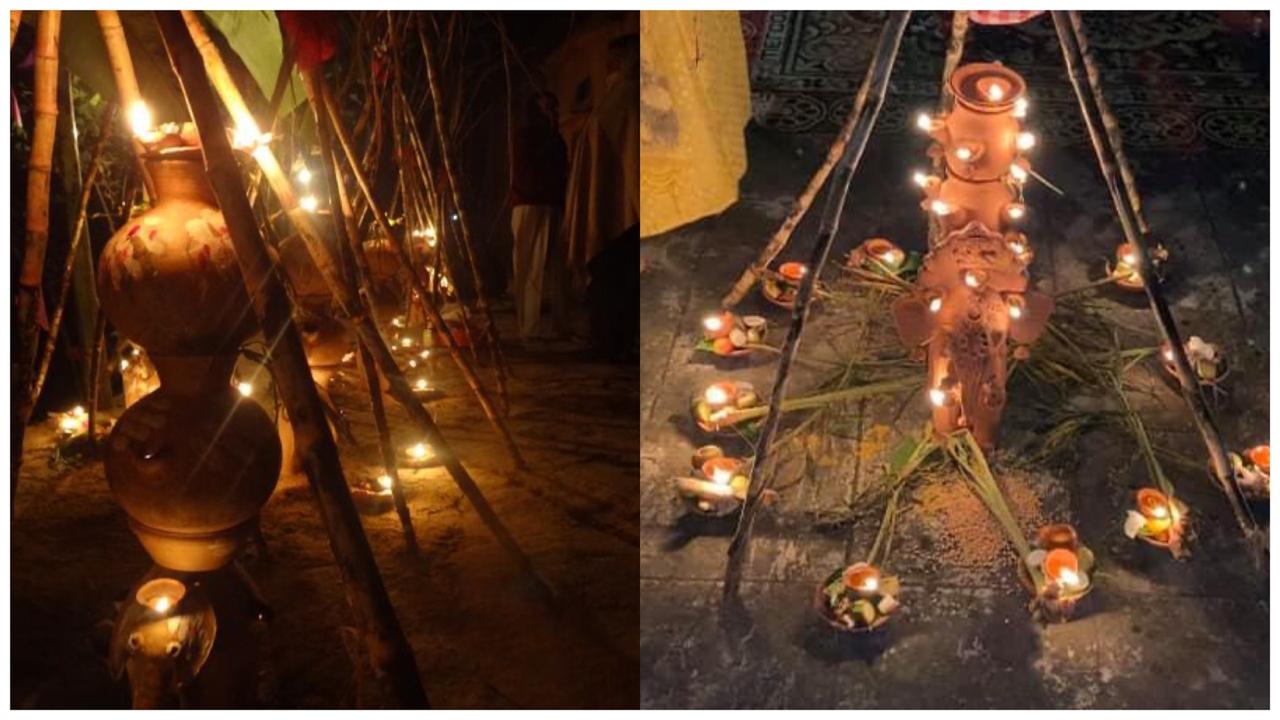
It lasts for 4 days, the rituals of the festival are arduous. The first day is known as Nahai Khai (bathe and eat), the second day is Kharna, the third day is Chhath Sandhya Argh, and the last day is Chhatt Suryodaya Argh Bhorwa ghat.

Chhath Puja is the oldest festival that may even precede the Ancient Vedas as the Rigveda contains hymns of worshipping the Sun and some similar rituals as followed in this festival. These rituals also have a mention in the Mahabharata where Draupadi is portrayed performing similar rituals. On the advice of astute Dhaumya, the rituals of Chhath were followed by the Pandavas and Draupadi. This worshipping of the Sun solved many problems of Draupadi and later helped the Pandavas to regain their kingdom.
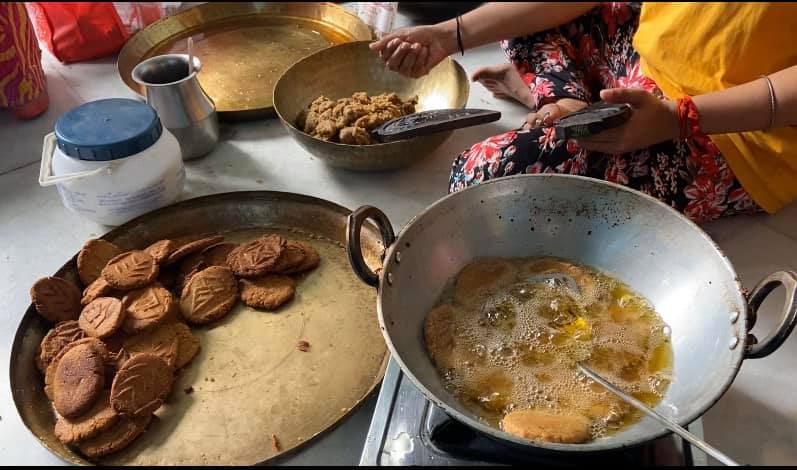
The scientific or yogic history of this festival dates back to the Vedic times when the scholars or rishis of (olden era) yore used this technique to remain without food as they used to absorb energy from the rays of the sun. This was known as Chhath Method. Some ancient also suggest that Lord Rama and Sita kept fast and offered puja to the sun in the Kartika month during the Shukla Paksha during their coronation after returning from the exile.
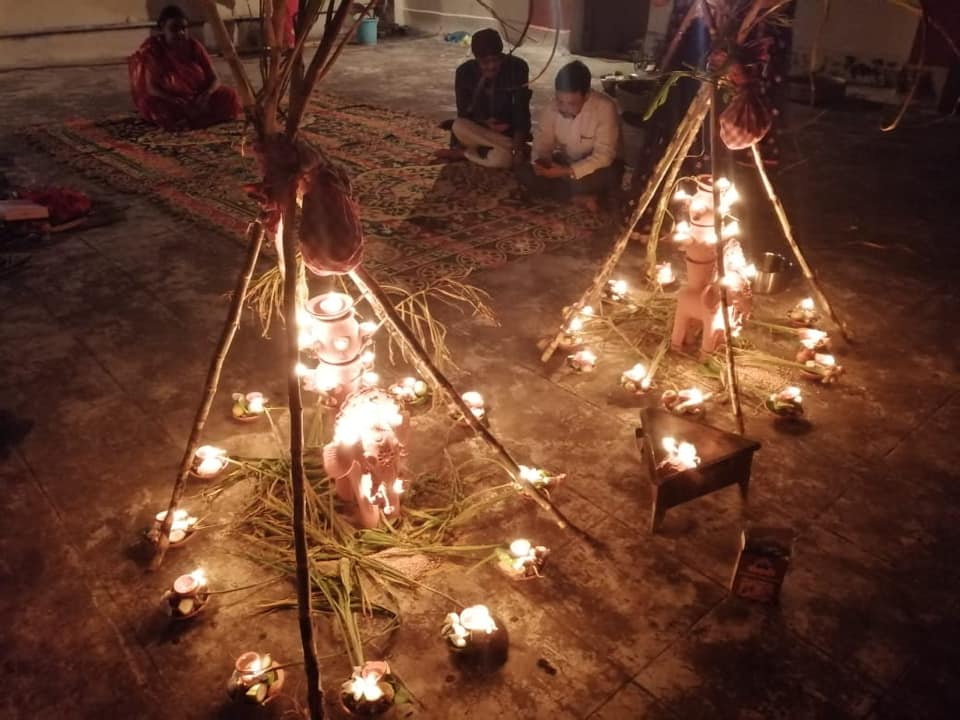
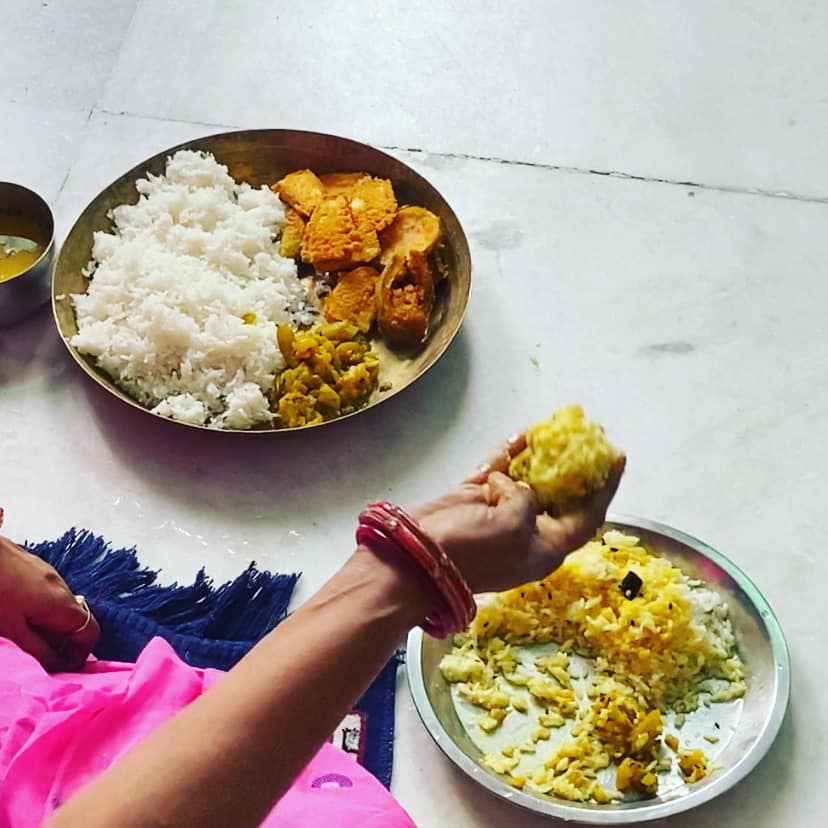
Now apart from the religious significance of thanking the Sun for providing us with a good life, there is some science too attached to the rituals of this festivals. The rituals demand to pray at the river bank or standing at the river bank for long hours and there is an explanation to it. The ultraviolet rays of the sun are at their lowest during sunrise and sunset and that’s why the sun rays are most beneficial at these two times. These sun rays then help in detoxifying the mind & body by removing all negative energies.

Chhath Puja Katha in hindi
एक पौराणिक कथा के अनुसार, राजा प्रियवंद नि:संतान थे, उनको इसकी पीड़ा थी। उन्होंने महर्षि कश्यप से इसके बारे में बात की। तब महर्षि कश्यप ने संतान प्राप्ति के लिए पुत्रेष्टि यज्ञ कराया। उस दौरान यज्ञ में आहुति के लिए बनाई गई खीर राजा प्रियवंद की पत्नी मालिनी को खाने के लिए दी गई। यज्ञ के खीर के सेवन से रानी मालिनी ने एक पुत्र को जन्म दिया, लेकिन वह मृत पैदा हुआ था। राजा प्रियवंद मृत पुत्र के शव को लेकर श्मशान पहुंचे और पुत्र वियोग में अपना प्राण त्याग लगे। उसी वक्त ब्रह्मा की मानस पुत्री देवसेना प्रकट हुईं। उन्होंने राजा प्रियवंद से कहा, मैं सृष्टि की मूल प्रवृत्ति के छठे अंश से उत्पन्न हुई हूं, इसलिए मेरा नाम षष्ठी भी है। तुम मेरी पूजा करो और लोगों में इसका प्रचार-प्रसार करो। माता षष्ठी के कहे अनुसार, राजा प्रियवंद ने पुत्र की कामना से माता का व्रत विधि विधान से किया, उस दिन कार्तिक मास के शुक्ल पक्ष की षष्ठी थी। इसके फलस्वरुप राजा प्रियवद को पुत्र प्राप्त हुआ।

पौराणिक कथा के अनुसार, लंका के राजा रावण का वध कर अयोध्या आने के बाद भगवान श्रीराम और माता सीता ने रामराज्य की स्थापना के लिए कार्तिक मास के शुक्ल पक्ष की षष्ठी को उपवास रखा था और सूर्य देव की पूजा अर्चना की थी।
पौराणिक कथाओं में छठ व्रत के प्रारंभ को द्रौपदी से भी जोड़कर देखा जाता है। द्रौपदी ने पांच पांडवों के बेहतर स्वास्थ्य और सुखी जीवन लिए छठ व्रत रखा था और सूर्य की उपासना की थी, जिसके परिणामस्वरुप पांडवों को उनको खोया राजपाट वापस मिल गया था।
महाभारत के अनुसार, दानवीर कर्ण सूर्य के पुत्र थे और प्रतिदिन सूर्य की उपासना करते थे। कथानुसार, सबसे पहले कर्ण ने ही सूर्य की उपासना शुरू की थी। वह प्रतिदिन स्नान के बाद नदी में जाकर सूर्य को अर्घ्य देते थे।


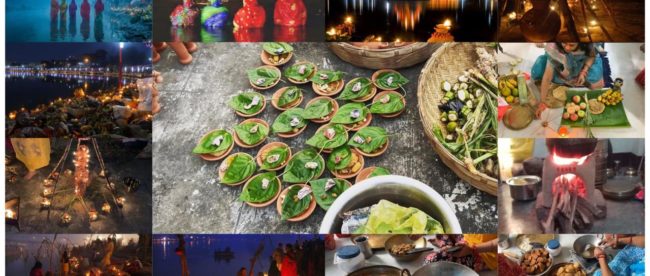


Leave a comment